How Do We Keep Prime HDB Flats Fair? We Review Your Responses
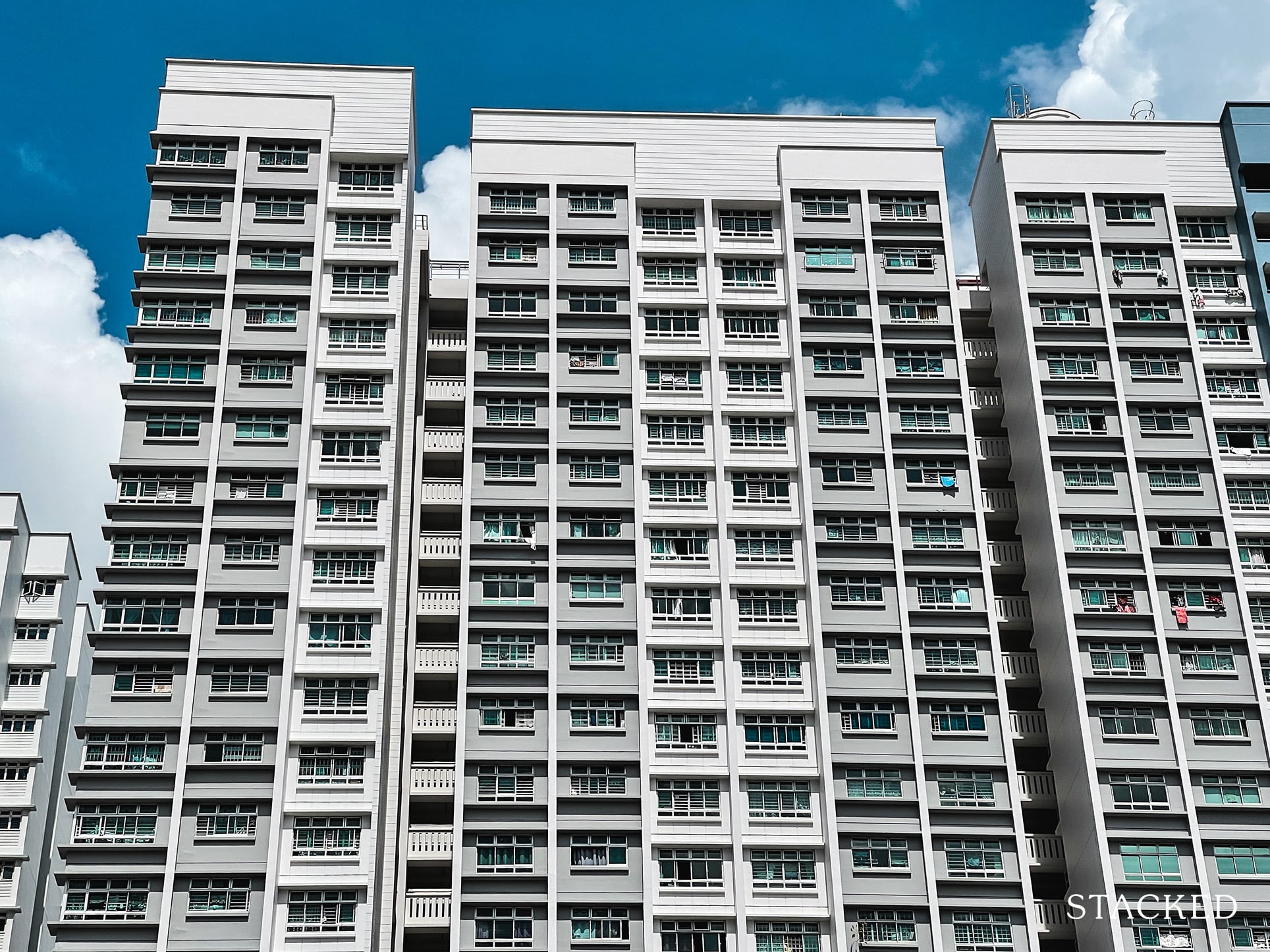
Get The Property Insights Serious Buyers Read First: Join 50,000+ readers who rely on our weekly breakdowns of Singapore’s property market.
A seasoned content strategist with over 17 years in the real estate and financial journalism sectors, Ryan has built a reputation for transforming complex industry jargon into accessible knowledge. With a track record of writing and editing for leading financial platforms and publications, Ryan's expertise has been recognised across various media outlets. His role as a former content editor for 99.co and a co-host for CNA 938's Open House programme underscores his commitment to providing valuable insights into the property market.
Last week we asked you how we could keep prime area HDB flats fair, and we got a good number of answers. It’s also timely, as a little more information regarding new flat policies have come up: as of 12th December, the Business Times has also reported that the government may have to give out more subsidies, to support the higher prices of prime area HDB flats.
Before we get into that, let’s look at some of your proposed solutions:
What did most of you think would work?
Note: Many responses involved a mix of the solutions below, so this doesn’t add up to 100 per cent
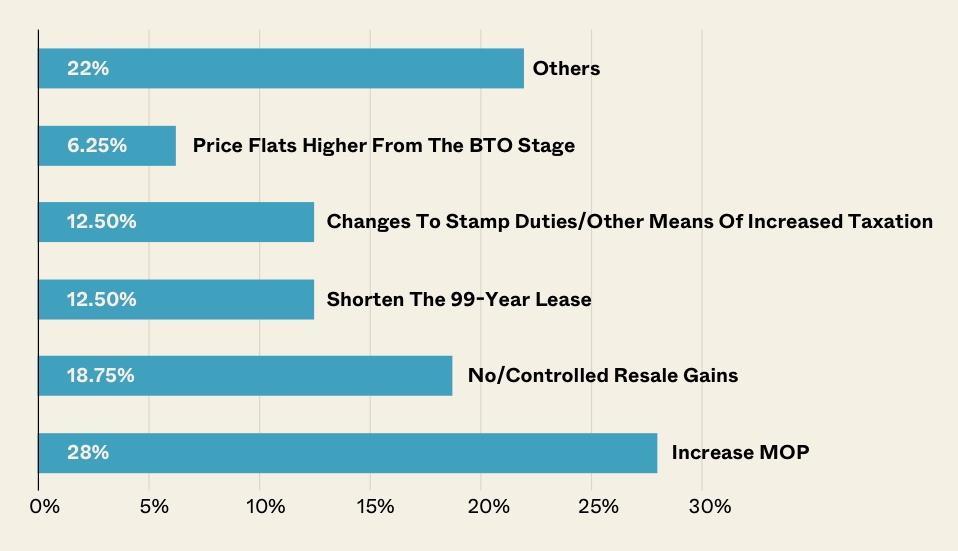
Some of the more interesting suggestions we noted were:
Increasing the MOP to 99 years
This would mean that the flat can never be sold on the open market, or fully rented out; the only possible buyer would be HDB itself.
This would make flats in prime areas almost entirely an indulgence: you get to enjoy a mature central location – but in the end, your flat would have been a pure expense. There’s no way to sell it to fund your retirement, use it a stepping stone to owning a private home, etc. At the most, you could rent out rooms (assuming your flat is at least a three-room unit).
We think this method, however, would require that authorities regulate home loan prepayments further. This is to avoid situations where the home owners rush to pay off their flat early (e.g., in the first 10 years), then end up in a financial jam when a crisis occurs; remember they can’t sell their flat and downgrade (not unless special rules are created to remedy this).
Clawbacks and further taxation
One of the solutions was to impose a clawback of subsidies with any prime area BTO flat. Selling the flat within a given time period would trigger the clawback (i.e. you pay back any subsidies given by HDB). See below for more on this,
There were some other variations of the concept, such as tiered taxation on Cash Over Valuation (COV), and a flat-out capital gains tax. One solution even suggested a cap or reduction on real estate agent commissions.
We feel that government solutions will likely also fall somewhere into this category. That’s because there’s precedent for it: the government has already seen the efficacy of the Additional Buyers Stamp Duty (ABSD) and Sellers Stamp Duty (SSD), which cooled the market while bringing in tax dollars. See below for one of these solutions.
We’d have to be careful though – if the losses from various taxes, clawback clauses, etc. are too high, that could leave the financially distressed in an impossible position: they may need to sell and downgrade to deal with their financial difficulties, but incur even further costs by selling within a certain period.
For example, say someone is medically unable to work within the MOP of the flat, and needs to sell it. Would they still be liable for any clawback or high stamp duties?
HDB will likely be jammed up with appeals, and having to review everything on a case-by-case basis.
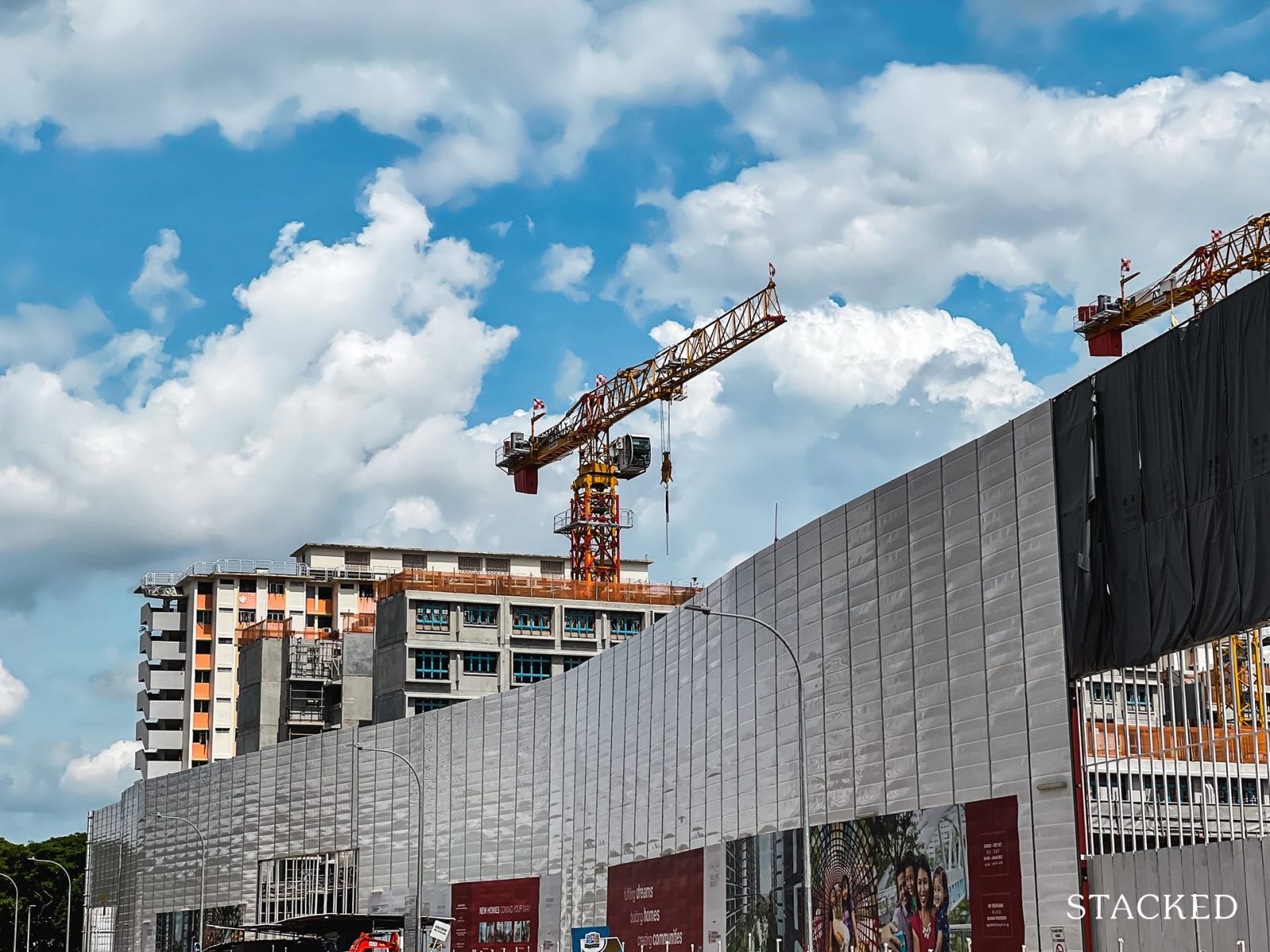
Impose requirements for balloting for prime HDB flats
Some suggestions were to require certain justifications, to be part of the balloting process. Buyers could have to meet certain requirements, such as working nearby or having children in a school nearby. This could be part of other methods discussed here, to separate the profiteers from the genuine home owners.
While this does seem equitable in theory, we suspect it will actually cause even more debates on fairness. There’s bound to be people, for instance, who insist it’s unfair that you can ballot for a Toa Payoh area flat just because your office happens to be nearby!
Also, given how Singaporeans can be good at gaming real estate systems, this could result in many unintended effects (e.g. people refusing to work from home, or insisting on being sent to a specific company branch, just because of flat balloting).
More from Stacked
We Have $1.5m In Cash And Make $680k Per Year: Should We Max Our Budget To Buy A 4 Bedder Condo Or A Smaller One?
Hello Ryan at Stacked,
The current system needs no fixing
This is mostly on the premise that any system we devise will simply introduce a new form of unfairness. As such, a ballot really is the simplest and most just means of determining who gets a prime area flat.
Perhaps that’s true; but with reports of million-dollar flats rising every year, it may not be socially conducive – or politically smart – to allow things to run on unchecked!
Singaporeans seem okay to accept their 4D losses, but when it comes to housing the issue is much more sensitive.
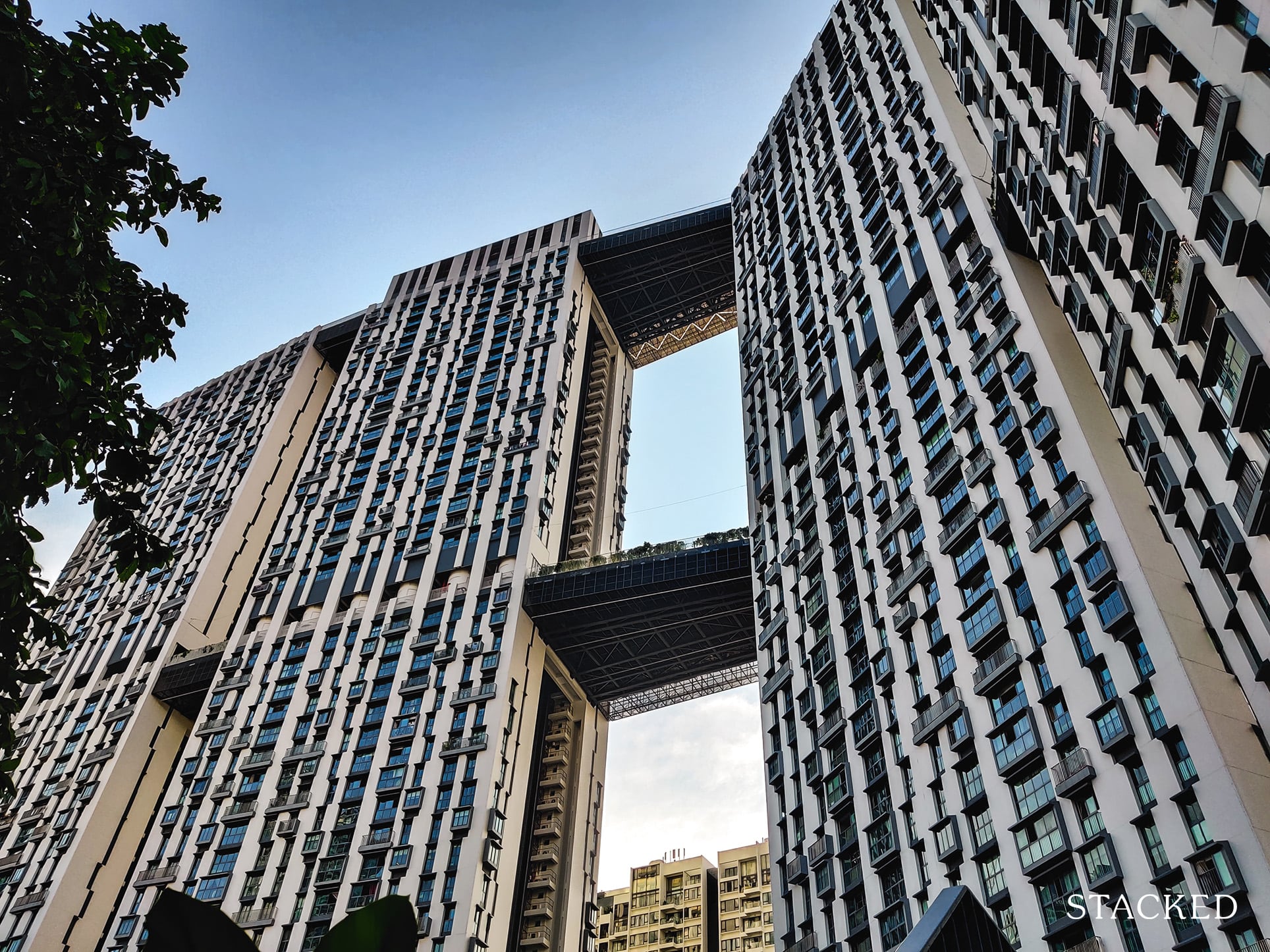
HDB ReviewsPinnacle@Duxton Review: More Liveable Than You Might Think
by Reuben DhanarajWhat were some of the best overall answers?
“Consider categorising HDB estates according to mid-tiered and high-tiered district housing – based on past six months of transacted price, rather than just “prime” or not.
Mid-tiered district flats were transacted between $600,000 to $800,000 and high-tiered district flats transacted above $800,000. Impose SSD plus tiered MOP accordingly for each district.
Newly launched BTOs at these respective districts can be sold at a shorter lease of 80 years (with the lease can be topped up later based on market rates) so that the BTO flats launched in these districts are priced correctly and won’t set another upward spiralling price trend. This will dampen the high demand calls, due to the anticipated windfall down the road.”
Also:
“I supposed ‘matured’ estates will be ring fenced into the category of Prime. To achieve equitable distribution of resources, I believe the following may be possible for new BTOs since they are so sought after:
1. A clawback subsidy upon sale of a new BTO
2. No clawback for sale after 10 years for the new BTO
3. Shorter lease on “prime” land, hence corresponding to a lower quantum for the new BTO.
4. SSD of 15% on MOP, plus the clawback.
5. Longer MOP (e.g. 10 years) for the new BTO.
I think clawback is the essence for equitable resource allocation, if indeed there are grants given.”
Congratulations to the reader who came up with the above response!
We’d also like to take this opportunity to thank everyone who wrote in, and took the time to think of various solutions. When we share our responses in this way, we can all get a better sense of what the wider public feels regarding housing.
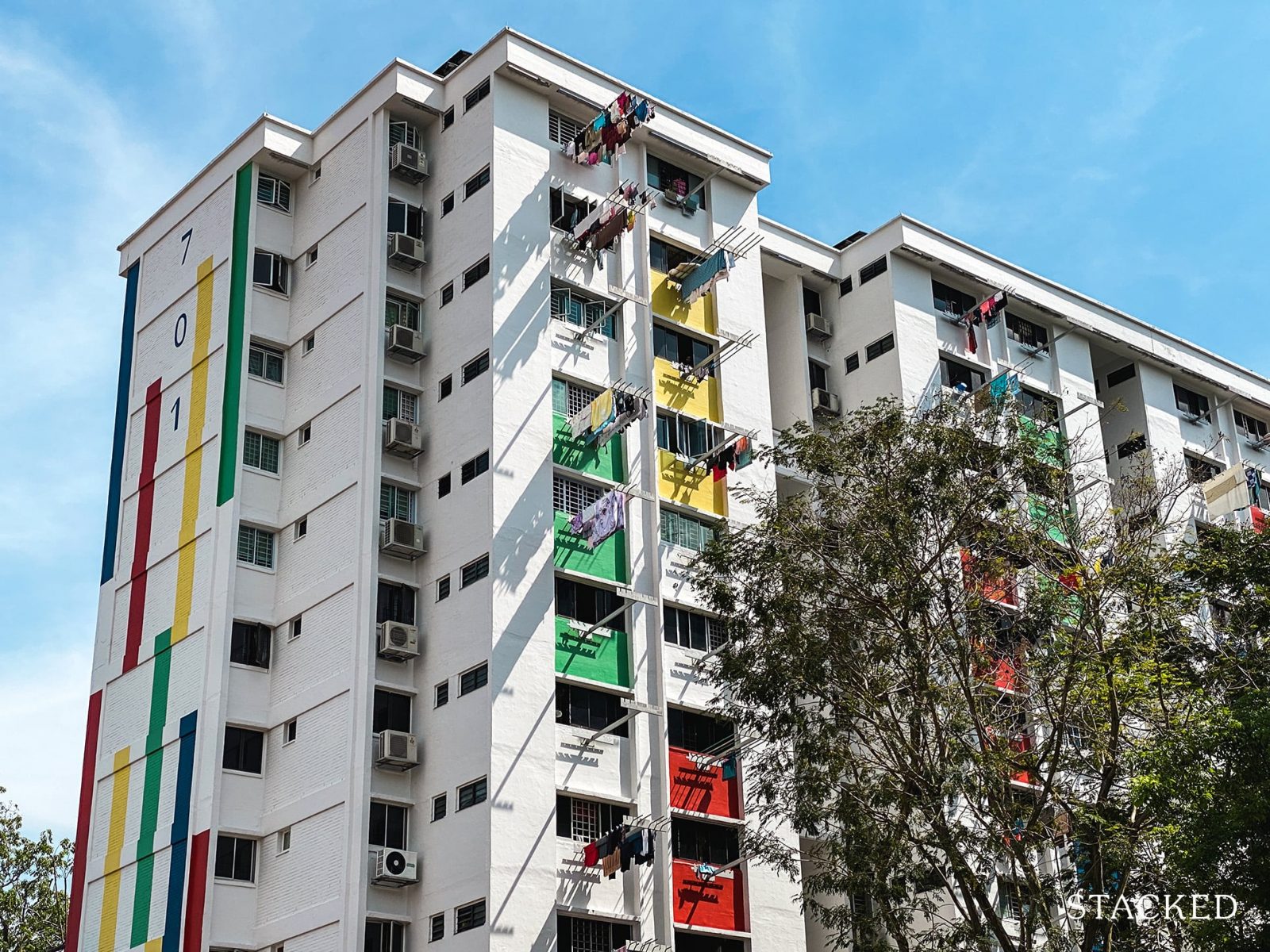
That said, the things we’ve heard from the government so far are pointing toward a particular direction:
That’s the inclusion of lower-income families in prime areas; hence the recent suggestion of higher subsidies. This would serve two purposes: first, it prevents the HDB towns taking on an overly-gentrified or “elite” air.
Second, and we think this is more important – it could be a way of giving lower-income Singaporeans a leg-up. Families making under $3,000 a month may struggle to build enough sufficient CPF for retirement; but if they could sell their (heavily subsidised) flat for good gains, it could mean a bigger safety net in their twilight years.
In effect, wealthier buyers for their resale HDB flats would help fund their retirement, without falling back on, say, social welfare schemes.
It’s early days yet though, and we suspect we won’t hear any hard rules / policy guidelines for these prime area HDB flats until well into 2021. Given that HDB flat owners are almost all in the “pure home owner” category though, we wouldn’t count on any “rush to sell” once the new rules are announced.
Do follow us on Stacked though, so we can keep you updated as the situation progresses. We also give you a more in-depth perspective of Singapore’s private property market, and you can contact us on Facebook if you have any questions. If you’d like to get in touch for a more in-depth consultation, you can do so here.
Ryan J. Ong
A seasoned content strategist with over 17 years in the real estate and financial journalism sectors, Ryan has built a reputation for transforming complex industry jargon into accessible knowledge. With a track record of writing and editing for leading financial platforms and publications, Ryan's expertise has been recognised across various media outlets. His role as a former content editor for 99.co and a co-host for CNA 938's Open House programme underscores his commitment to providing valuable insights into the property market.Read next from Property Market Commentary

Property Market Commentary Why The Singapore Property Market Will Be Different In 2026 — And It’s Not Just About Prices

Property Market Commentary 2025 Year-End Review Of The Singapore Property Market: What The Numbers Reveal

Property Market Commentary How The HDB Resale Market Performed In 2025, And What It Means For 2026 Prices

Property Market Commentary 4 Key Trends Reshaping Singapore’s New Launch Condo Market In 2026
Latest Posts

Singapore Property News Breaking News: District 23 Condo Sells Out In Under Two Years At $2,120 Psf Average

On The Market Here Are The Cheapest 3-Bedroom Condos in Central Singapore You Can Still Buy From $1.15M

Pro This 21-Year-Old Condo Didn’t Sell Out Initially, Yet Became A Top Performer

Editor's Pick What I Only Learned After My First Year Of Homeownership In Singapore

Singapore Property News Why More Land Doesn’t Automatically Fix Housing In Singapore

On The Market Here Are The Cheapest 4-Room HDB Flats in Central Singapore You Can Still Buy From $490K

Editor's Pick Should We Buy An Old 99-Year Leasehold Condo To Live In: Will It’s Value Fall When The Lease Runs Out?

Pro How A Once “Ulu” Condo Launched In 1997 Became A Top Performer

Editor's Pick I Reviewed A New Launch 4-Bedroom Penthouse At Beauty World

Editor's Pick Why Singaporean Families Are Looking At This Landed Enclave From Around $4M

Singapore Property News Lentor’s First Condo Is Complete — The Early Profits May Surprise You

Property Advice We Own A $800K 1-Bedder And A $1.1M 3-Bedder: Is It Possible To Upgrade To A 4-Bedder Condo?

On The Market These Are Some Of The Cheapest 5-Room HDB Flats Left In Central Singapore

Pro This 698-Unit Ang Mo Kio Condo Launched At The Wrong Time — And Still Outperformed Peers

Singapore Property News $281.2M in Singapore Shophouse Deals in 2H2025 — But That Number Doesn’t Tell the Full Story


